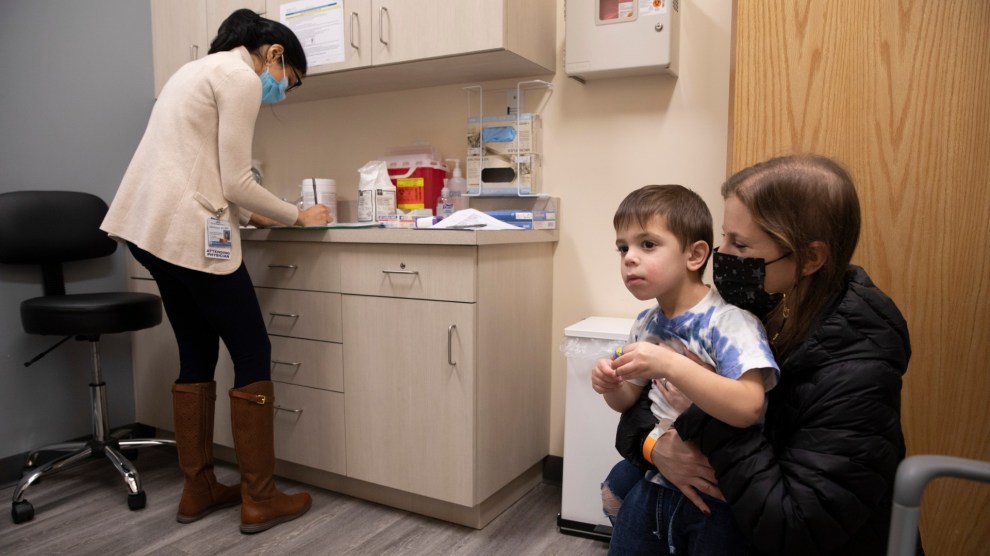
Emma H. Tobin/AP
Update, 6/18 4:30 p.m. ET: Director Dr. Rochelle Walensky has endorsed the decision of a CDC expert panel to recommend the Covid vaccine for young children, meaning everyone in the United States six months and older is now eligible to receive the vaccine.
For parents waiting to vaccinate their toddlers against Covid, I have good news: A panel of advisers to the Centers for Disease Control and Prevention has voted unanimously to recommend the vaccine for children under age five.
Following approval from CDC Director Dr. Rochelle Walensky, vaccines from both Pfizer and Moderna will be available for children down to six months old, as soon as Tuesday. The Food and Drug Administration authorized both vaccines for emergency use on Friday.
Until now, Pfizer’s Covid vaccine had been available to anyone five years of age or older, and Moderna’s had been available to people ages 18 and older. The authorization from the FDA expanded which age groups were eligible—down to six months in both cases.
The vaccines will be administered in slightly different ways: Moderna’s vaccine, the FDA notes, should be given in a two-dose series, one month apart for healthy children. (A third dose has been approved for immunocompromised children.) Pfizer’s vaccine, on the other hand, should be given in a three-dose series for children under five, with the first two shots given three weeks apart, and a third shot eight weeks later. In February, the FDA decided to postpone its approval of the vaccine for children under five until data on all three doses was available.
“The Pfizer is a three-dose series, but as a three-dose series, it’s quite effective,” Dr. William Towner, who led vaccine trials for both companies, told the New York Times, adding that either vaccine would be better than none.
Both vaccines have shown to be safe and effective in randomized, placebo-controlled clinical trials. A full breakdown of the results of the trials is available on the FDA’s website.

















